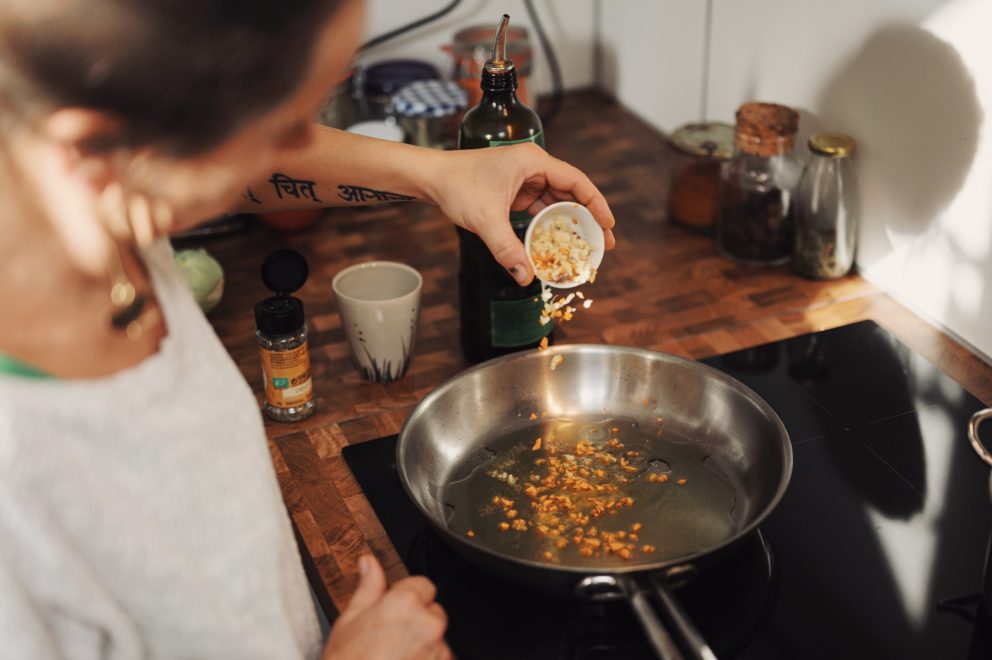Cannabis edibles are one of the most popular ways to indulge in this plant. However, cooking with cannabis is trickier than you might anticipate. You might have been disappointed if you’ve tried cooking cannabis edibles on your own before. It’s all too easy to wind up with burnt, bitter, or crunchy foods that didn’t have their intended effect.
Luckily, there are a few tricks you can use to avoid a disappointing result. With some prep work and the right strategy, you make your own cannabis oil for edibles that are tasty and potent. Here are six tips you can use to make expert-level edibles at home that you’re proud to share with your friends.
1. Choose the Right Strain
Cooking starts when you gather your raw ingredients. When you’re making cannabis edibles from scratch, that includes collecting the marijuana you’re going to turn into oil.
You might think that you should choose a top-shelf, expensive strain to make sure your recipe tastes good — but that’s not entirely true. You don’t want to use low-quality marijuana, but you don’t need to break the bank, either. Most, or all of the plant’s flavor and smell will be removed when you make the cannabis oil.
Instead, choose a strain that’s potent, but not necessarily your favorite to smoke. Cooking cannabis edibles is a great way to use up any strains you have on hand that you aren’t planning to smoke but don’t want to throw away.
2. Activate Your Bud
A common rookie mistake when cooking with cannabis is to use raw bud. Many people think that marijuana is always effective, but that’s not true. The plant needs to go through decarboxylation, a chemical process that converts the cannabinoid THCA into THC, before it will get you high.
You can decarboxylate your bud easily at home in just three steps.
- Preheat your oven to 245 degrees Fahrenheit. If you have an oven thermometer, check the temperature. Too much heat will burn your bud, and too little won’t activate the THC.
- Spread your cannabis out on a cookie sheet with some space between each bud, then put it in the oven for half an hour.
- Stir your bud every ten minutes to make sure none of it gets singed in hot spots.
At the end of the 30 minutes, your bud should be decarboxylated. Some people give it another ten minutes, especially if they’re cooking a lot at once. On average, it takes about a gram of bud to make the oil for ten servings of mild edibles, but people with higher tolerances will use more.
3. Don’t Grind Too Fine
After you’ve made sure your weed is decarboxylated, it’s time to make the cannabis oil. The simplest way to do this is to grind the cannabis and then steep it in oil. THC loves to bind to fat, so butter and vegetable oil are excellent for this.
Make sure you don’t grind your weed too finely. If you completely pulverize it, you might wind up with oil that tastes like grass. Instead, aim for a grind a little larger than coffee grounds or coarse salt. This is small enough that the oil should pull out all the THC but big enough that it shouldn’t turn green or taste grassy.
4. Steep and Strain Carefully
Next, your cannabis should soak in hot oil for several hours. Most people recommend using a slow cooker set on low for three or four hours. Stir the oil mixture every so often and leave the lid off.
Some people also add water to their oil that boils off during this steeping process. “Washed” cannabis oil like this tends to be less green, and the moisture prevents burning or degrading cannabinoids.
Once your oil is done steeping, it’s time to filter out the used cannabis. Most people don’t like little bits of plant matter in their brownies or other baked goods. Use a filter like cheesecloth, which lets the oil pass through but collects the solid pieces.
Don’t squeeze while you’re straining. Let gravity do the work for you. Squeezing the filter speeds things up, but it can also lead to bitter flavors in the oil. It’s okay if there’s a little oil left on the plant when you’re done.
5. Test Your Oil
You’re probably eager to actually get cooking, but there’s one more step before you start. Make sure you test your oil before using it as an ingredient. Depending on the cannabis strain you used, how well it was activated, and how long you steeped the mixture, the oil may be stronger or weaker than you expect.
Testing lets you decide how much oil to add to a recipe. Try a teaspoon of the oil on its own, and then wait a few hours to see how you feel. If it’s just right, you can use the number of teaspoons of oil in your edible recipe to figure out how many servings you’re making. If it’s too strong, you can supplement it with regular oil and use less of the cannabis oil.
6. Always, Always, Always Stir Well
Finally, always stir your edibles well. Once you’ve added your cannabis oil to the batter, syrup, or another food item, stirring helps distribute the THC throughout the batch. If you don’t stir enough, some people may get servings that are THC-free, while others will wind up in the stratosphere.
Stir for longer than you think you need to, then stir a little more, just in case.
Make Edibles You Enjoy
Whether you want to accommodate your dietary choices or you just want the satisfaction of making things yourself, homemade cannabis edibles are a great project. When you understand how the cannabis plant works, you can make gourmet edibles at home.
You can start cooking cannabis edibles today. By choosing the right strain, activating your cannabis, and taking care when you make your oil, you can make edibles that all your friends love. Pick up some marijuana from the best dispensary Detroit has to offer and become the chef you’re meant to be.





